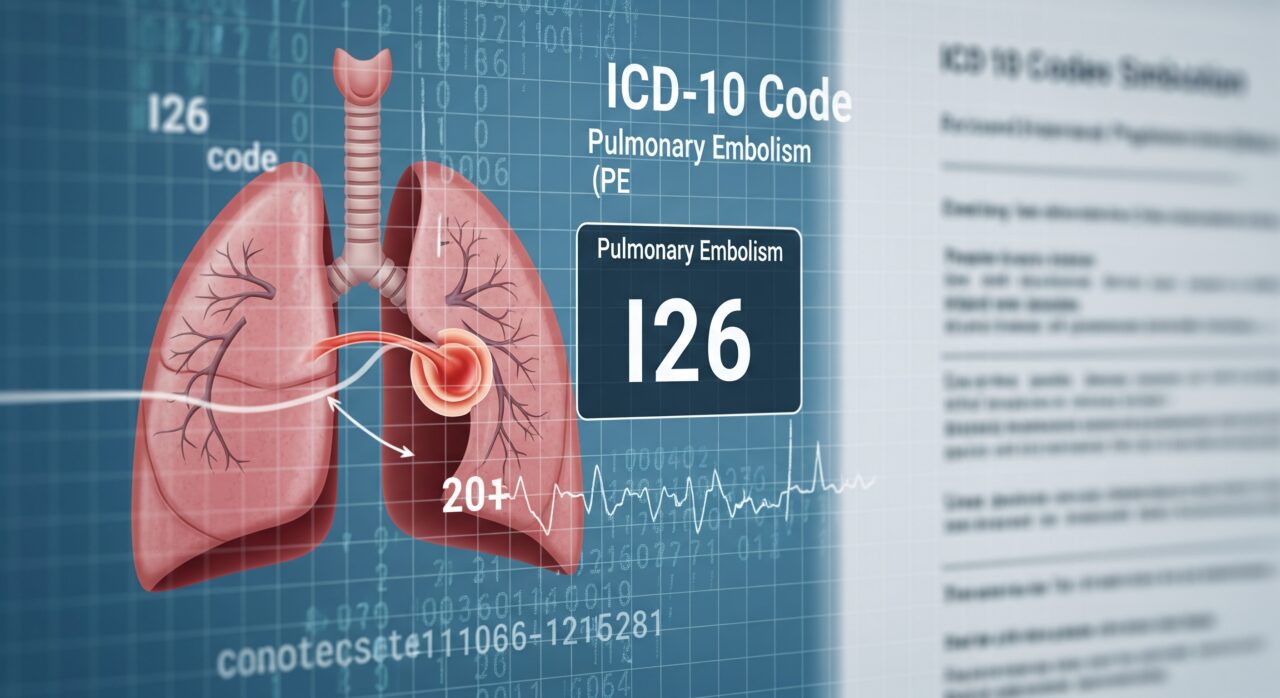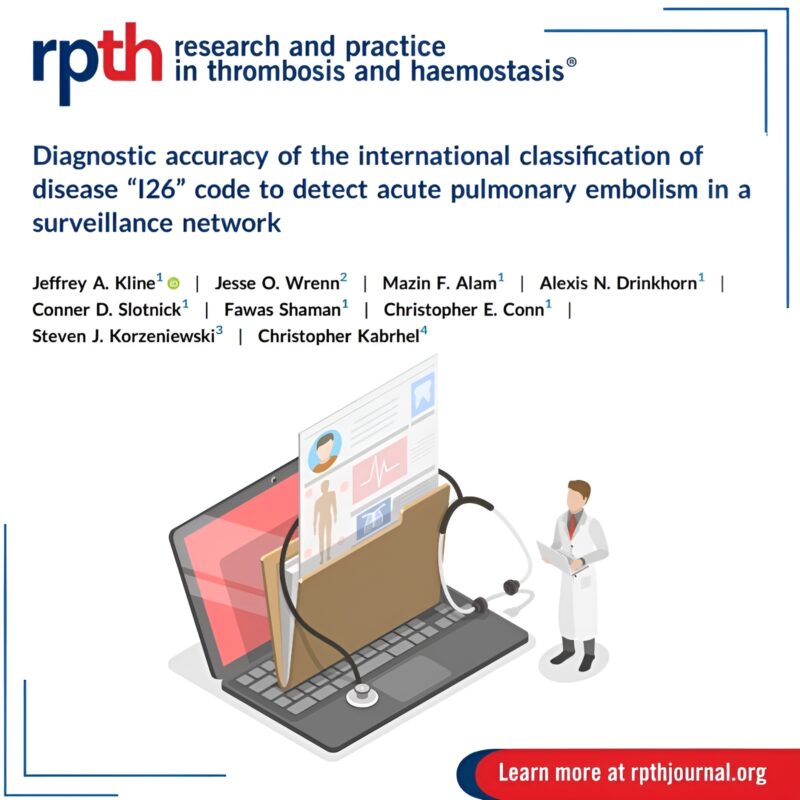
Code I26: A Precise Tool to Strengthen VTE Surveillance
RPTH Journal (Research and Practice in Thrombosis and Haemostasis) shared an insightful post on LinkedIn:
”Current ICD codes make it difficult to track venous thrombosis incidence in real time. This original article suggests use of “I26″ which has high specificity for VTE in the Unite States, and may help capture the incidence of PE.
Authors: Jeffrey Kline, Jesse Wrenn, Alexis Drinkhorn, Mazin Alam, Steven Korzeniewski, Christopher Kabrhel”
Read the full article here.
Accurately tracking venous thromboembolism (VTE) incidence in real time remains a challenge with current ICD coding.
In the article ”Diagnostic accuracy of the international classification of disease ‘I26’ code to detect acute pulmonary embolism in a surveillance network” by Jeffrey Kline et al. published in RPTH Journal, the potential of using the ”I26” code is discussed.
This study highlights the potential of using the ICD code “I26”, which demonstrates high specificity for VTE in the United States, particularly for capturing pulmonary embolism cases.
Implementing this approach may improve surveillance and inform public health strategies!

For deeper insights and the latest research, be sure to read Hemostasis Today.
-
Dec 6, 2025, 18:02ASH25 Day 1: Don’t Miss The Highlights
-
Dec 6, 2025, 15:44Atul Gupta on Where The Healthcare Innovation is Headed
-
Dec 6, 2025, 15:22Nathan White on How Inflammation Contributes to Coagulopathy After Trauma
-
Dec 6, 2025, 15:02Anas Younes on AstraZeneca’s Aims in Blood Cancer to Be Presented at ASH25
-
Dec 6, 2025, 14:08David Alderman: ASH25 is Live
-
Dec 6, 2025, 13:53Isabelle Mahé Presents The Proposals from INNOVTE CAT Working Group
-
Dec 6, 2025, 11:50Steve Tuplin on Roche’s Mission at ASH25
-
Dec 6, 2025, 11:13Khaled Musallam on The Lancet Haematology Podcast: Your ASH25 Roadmap
-
Dec 5, 2025, 03:46Sreeni Sivan Pillai: Preventing Thrombophlebitis and Upper Limb DVT in PICC Lines
